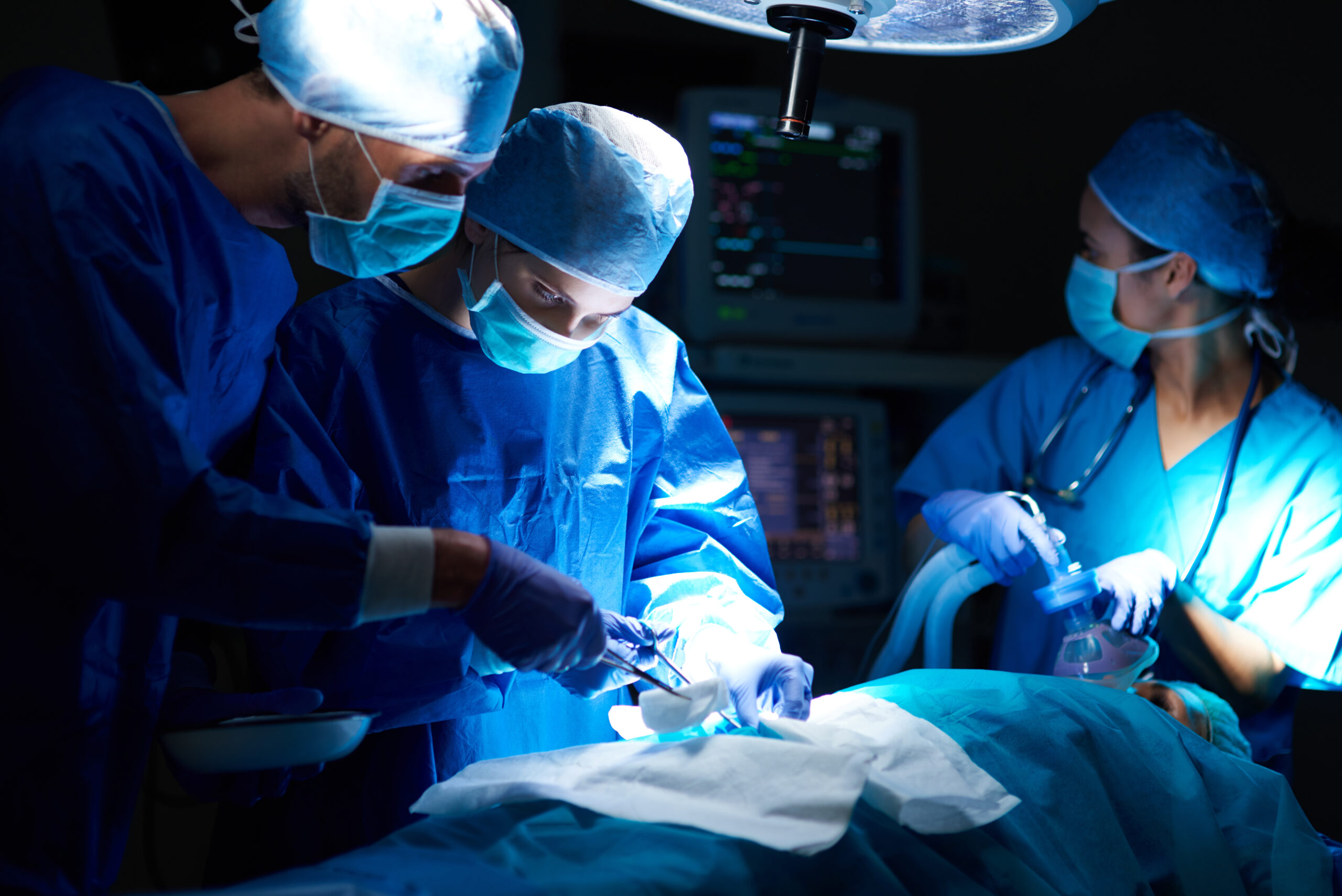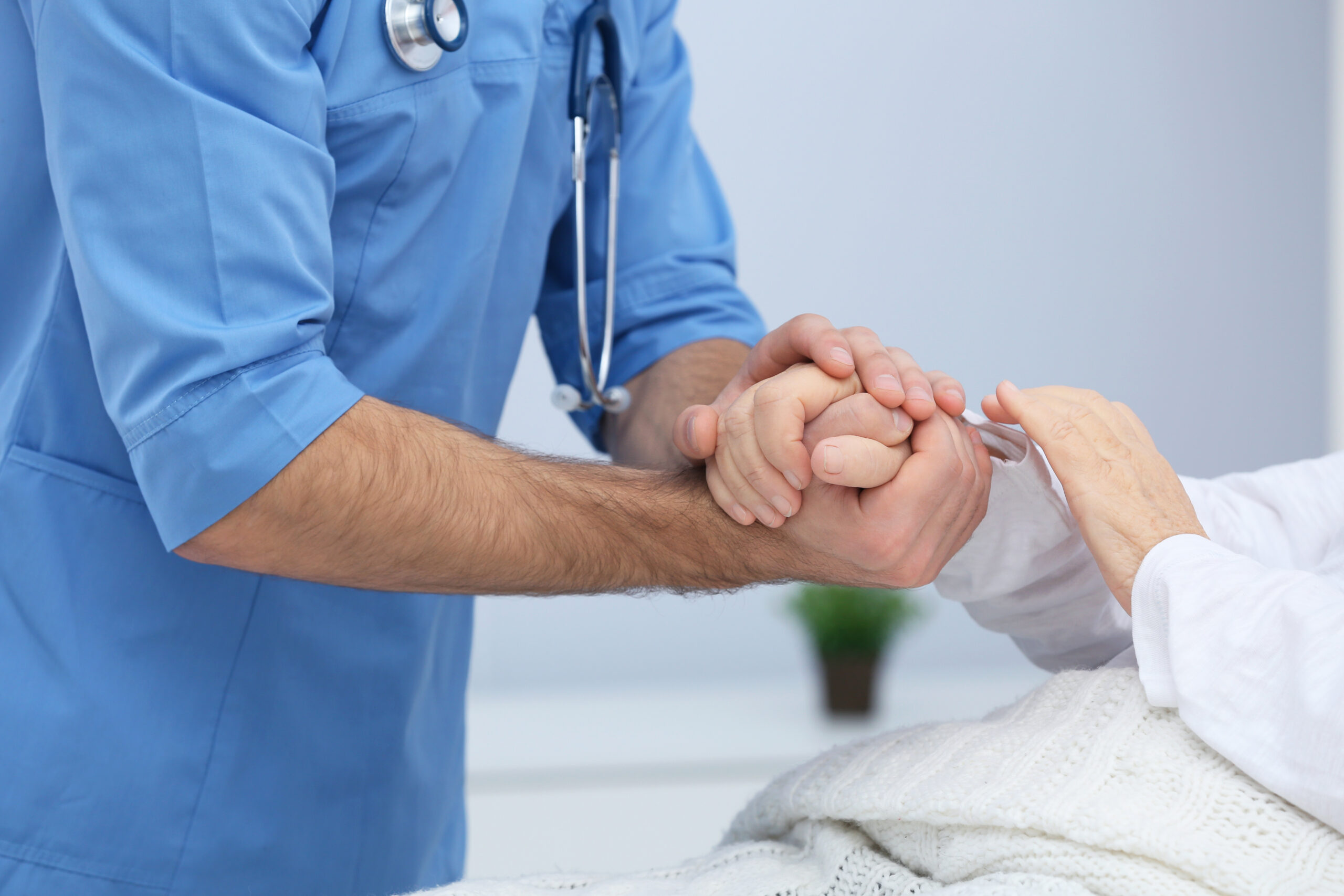Inguinal Hernia
- Home
- Inguinal Herina
Inguinal Hernia
Dr. Prashanth Koyyoda offers expert care in the management of inguinal hernias, delivering personalized treatment plans for patients suffering from groin-related herniation. Utilizing both open and laparoscopic surgical techniques, he ensures accurate repair with minimal discomfort and quicker recovery. With a strong focus on patient safety and long-term outcomes, Dr. Koyyoda stands out as a leading specialist for inguinal hernia treatment in Hyderabad. His timely and effective interventions help prevent complications such as strangulation, restoring comfort, mobility, and peace of mind.

Exploring the Causes & Risk Factors of Inguinal Hernia
Understanding the causes of inguinal hernia is crucial for proper prevention, timely intervention, and overall well-being.
Weakness in the Abdominal Wall
Inguinal hernias often stem from a natural weakness in the abdominal muscles, which can be present from birth or develop over time due to aging or injury. When the inner lining of the abdomen pushes through this weak spot, it forms a hernia. This condition is more likely if you have a family history of hernias or were born prematurely, as underdeveloped abdominal muscles increase the risk.


Increased Intra-abdominal Pressure
Activities or conditions that raise pressure within the abdomen can trigger or worsen a hernia. Common contributors include chronic coughing (especially in smokers), frequent constipation with straining during bowel movements, heavy weight lifting, and pregnancy
Lifestyle and Health Factors
Obesity puts added strain on abdominal muscles, while poor muscle tone from lack of exercise may weaken the body’s core support. Smoking impairs tissue strength and healing, making hernia formation and recurrence more likely

Symptoms of inguinal Hernia
Visible lump that worsens with standing or coughing.
Discomfort especially when bending, lifting, or straining.
Sensation of dragging or pressure in groin region.
In men, swelling may extend into scrotum area.
Persistent dull ache at the hernia site.
Symptoms worsen with activity or time without treatment.
Treatment goals for Inguinal Hernia
Advanced inguinal hernia solutions for comfort, recovery, and lasting relief
-
Watchful Waiting :
For small, painless hernias, regular monitoring may be advised initially. -
Open Hernia Repair :
Traditional surgery involves making an incision to push the bulge back. -
Laparoscopic Hernia Repair :
Minimally invasive surgery with faster recovery and less postoperative pain. -
Robotic Hernia Surgery :
Advanced technique for precision repair and enhanced cosmetic outcome.
FREQUENTLY ASKED QUESTIONS

According to Dr. Prashanth, early signs often include a soft bulge in the groin area that becomes more noticeable when coughing, lifting, or standing. Mild discomfort or pressure may also be felt.
Dr. Prashanth explains that while surgery is the most definitive treatment, small and asymptomatic hernias can be monitored initially. However, delaying surgery may increase the risk of complications like strangulation.
Warning signs include sudden pain, swelling that doesn’t reduce, nausea, vomiting, or redness around the bulge. Dr. Prashanth advises seeking immediate medical care if these symptoms occur.
Yes, but the risk is low with expert repair. Dr. Prashanth emphasizes using mesh-based techniques and proper postoperative care to significantly reduce recurrence rates.
Dr. Prashanth typically recommends light activities within a week and full recovery in 2–4 weeks, depending on the technique used (open or laparoscopic) and patient fitness.
